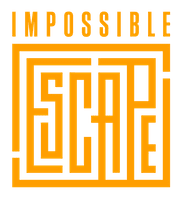Book ciphers as a way to communicate secret messages have been around for hundreds of years. You may recognize one type of book cipher – the Ottendorf cipher – from the movie National Treasure. In this flick, Benjamin Franklin Gates decodes a series of numbers found on the back of the Declaration of Independence into a short message. Each set of three numbers refers to a page number, a line, and a letter within that line. For example:
5-18-33, 7-20-19, 81-10-3
The only problem is you must have the correct book or manuscript in order to decode the right message. For Benjamin Gates, this meant he had to have the Silence Dogood letters to do so.
The movie was a great example of how a book cipher worked, but it is fictitious. It’s unlikely a code exists on the back of the Declaration of Independence (or is there?). However, book ciphers really were used to relay secret messages, especially during times of war when confidentiality was just as important as communication. You don’t want the enemy to get their hands on your information.
The Canada governor Haldimand during the Revolutionary War used a book cipher to write to members of the British army without those rebellious Americans catching on. Frederick Haldimand relied on the title page of a British Army List to encode his messages. This small book worked for him because almost every British officer was sure to possess a copy. Remember, your associates needed an exact copy of the book in order to decode successfully.
The best way to ensure accuracy and secrecy when creating and translating book ciphers was to choose a book edition that is both widely available and unlikely to raise suspicions if found. For example, a dictionary or Bible were both innocuous and accessible during times of turmoil. So was the British Army List.
You might run into a book cipher in the next escape room. Will you be able to successfully decode the messages? Remember, the three numbers in a set refer to:
- The page number
- The line number
- The letter within that line
If you choose the right book and take care to look up each number, you’ll be able to read the message in no time. Good luck!

Recent Comments